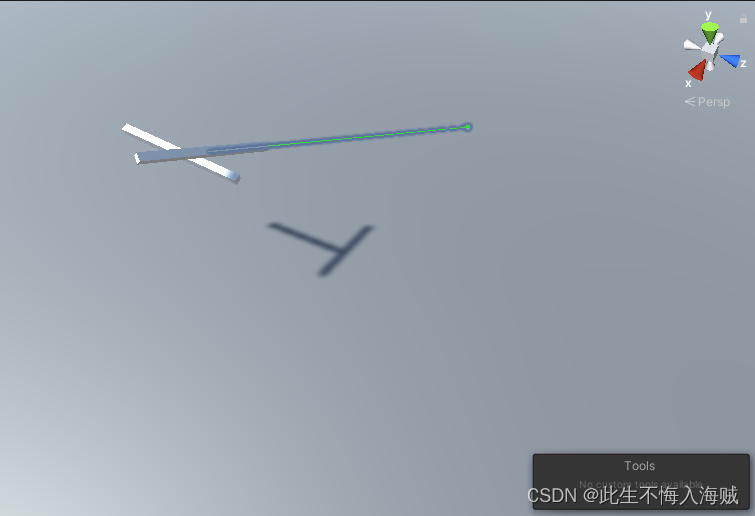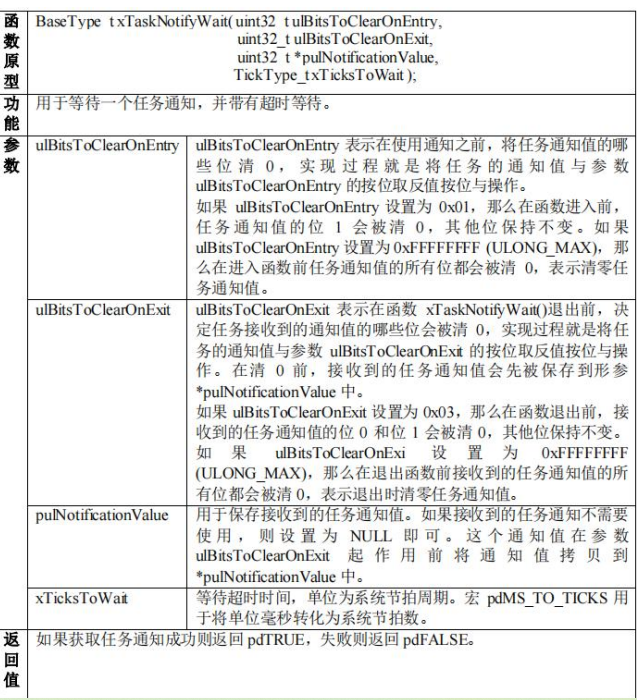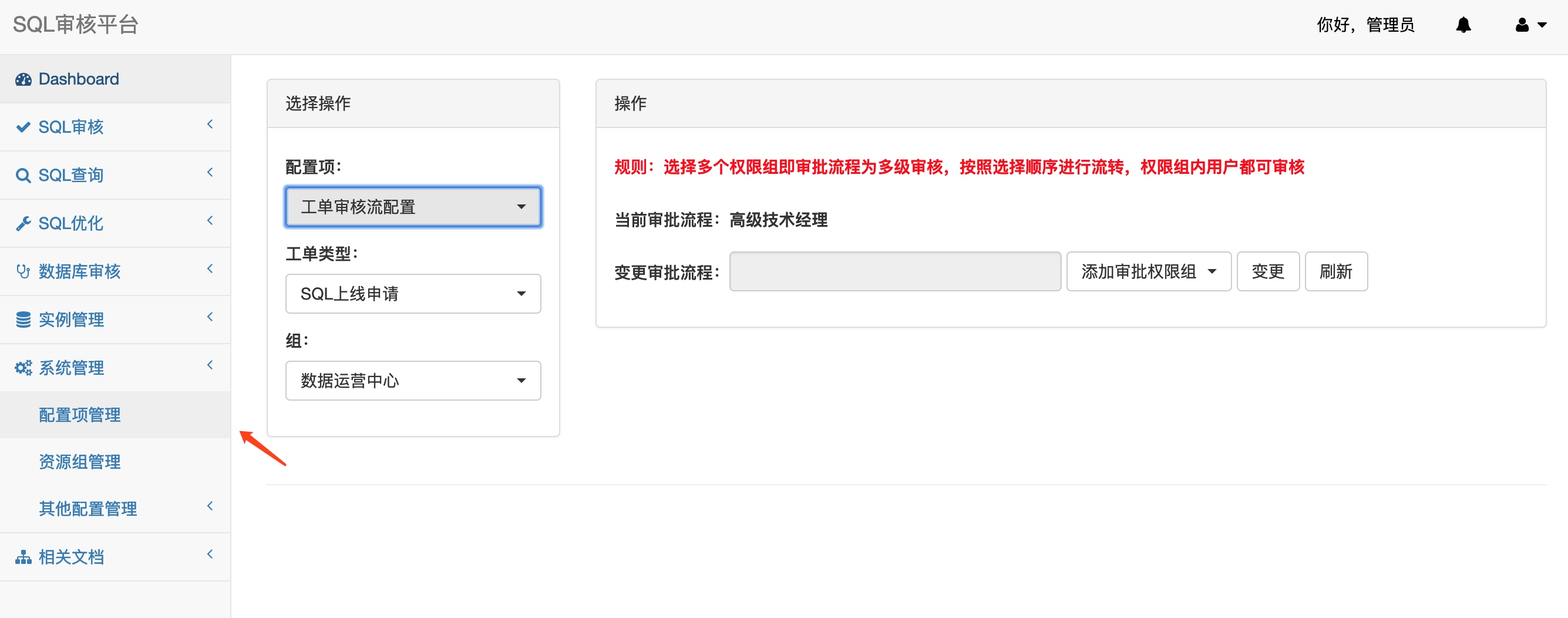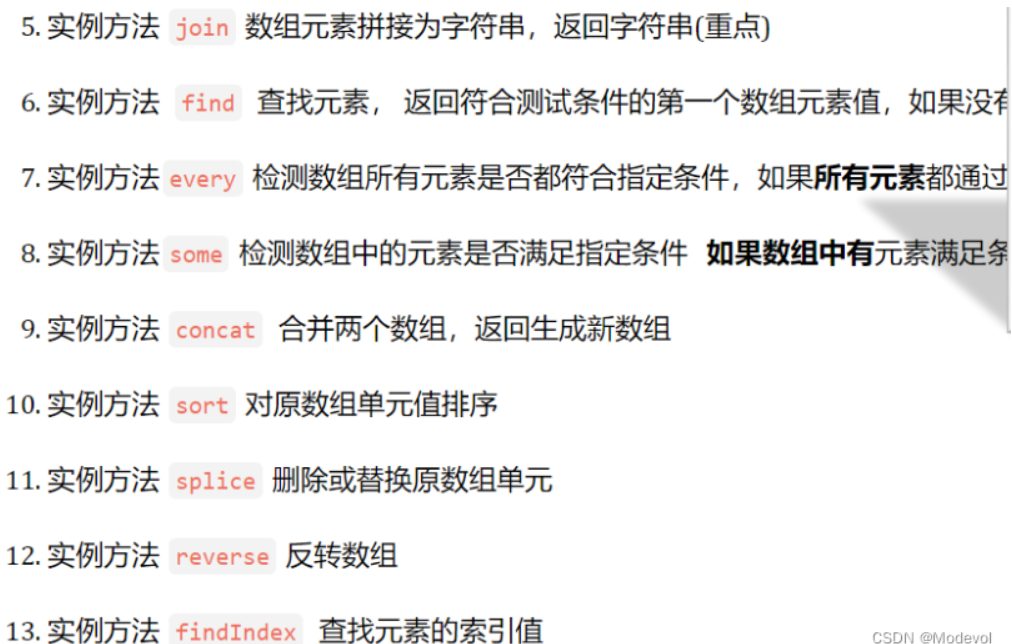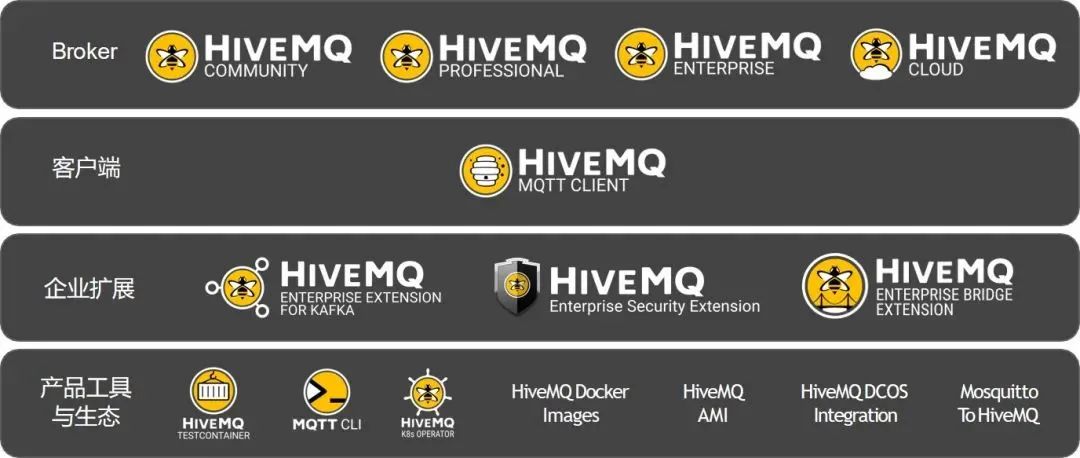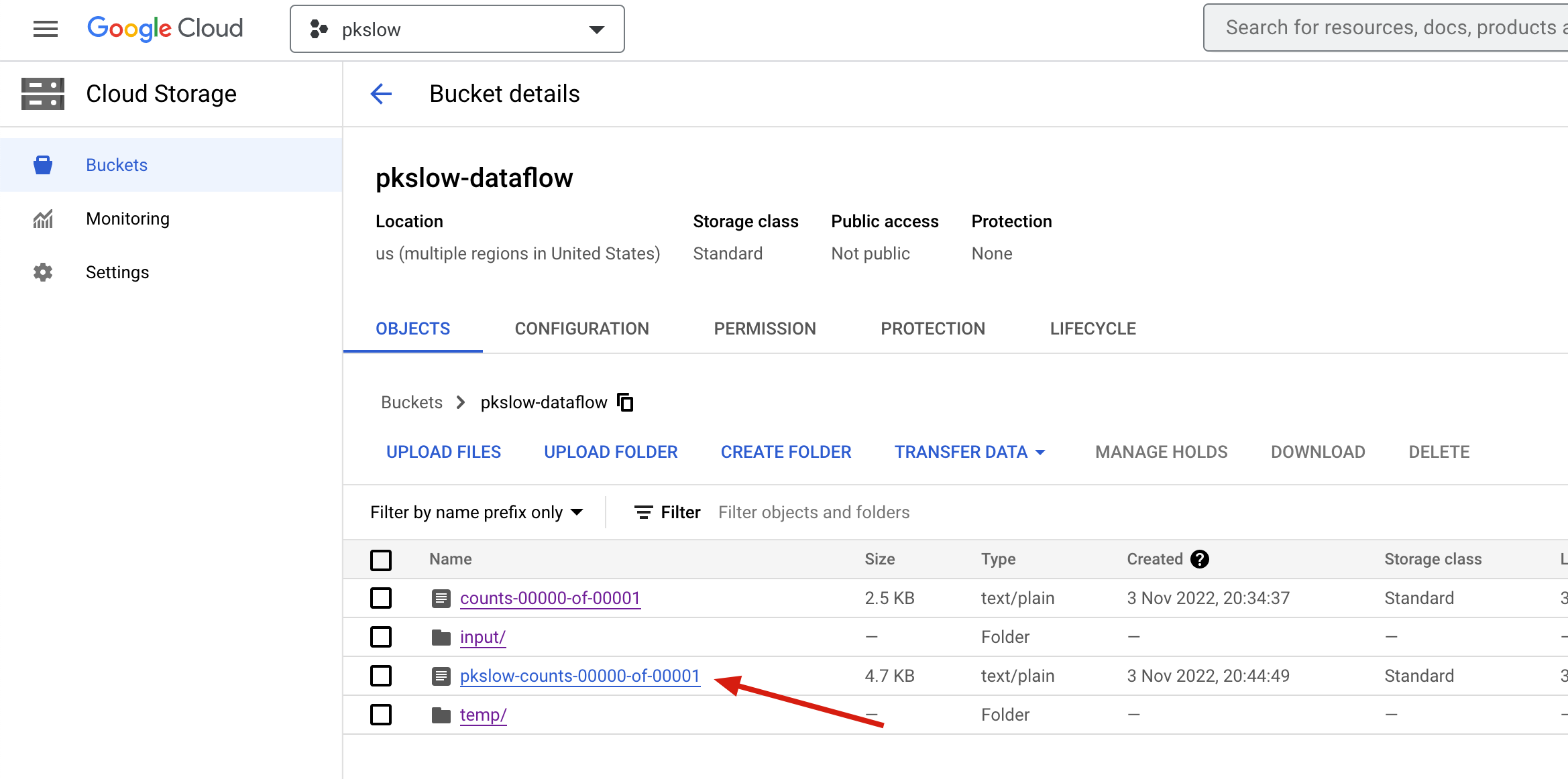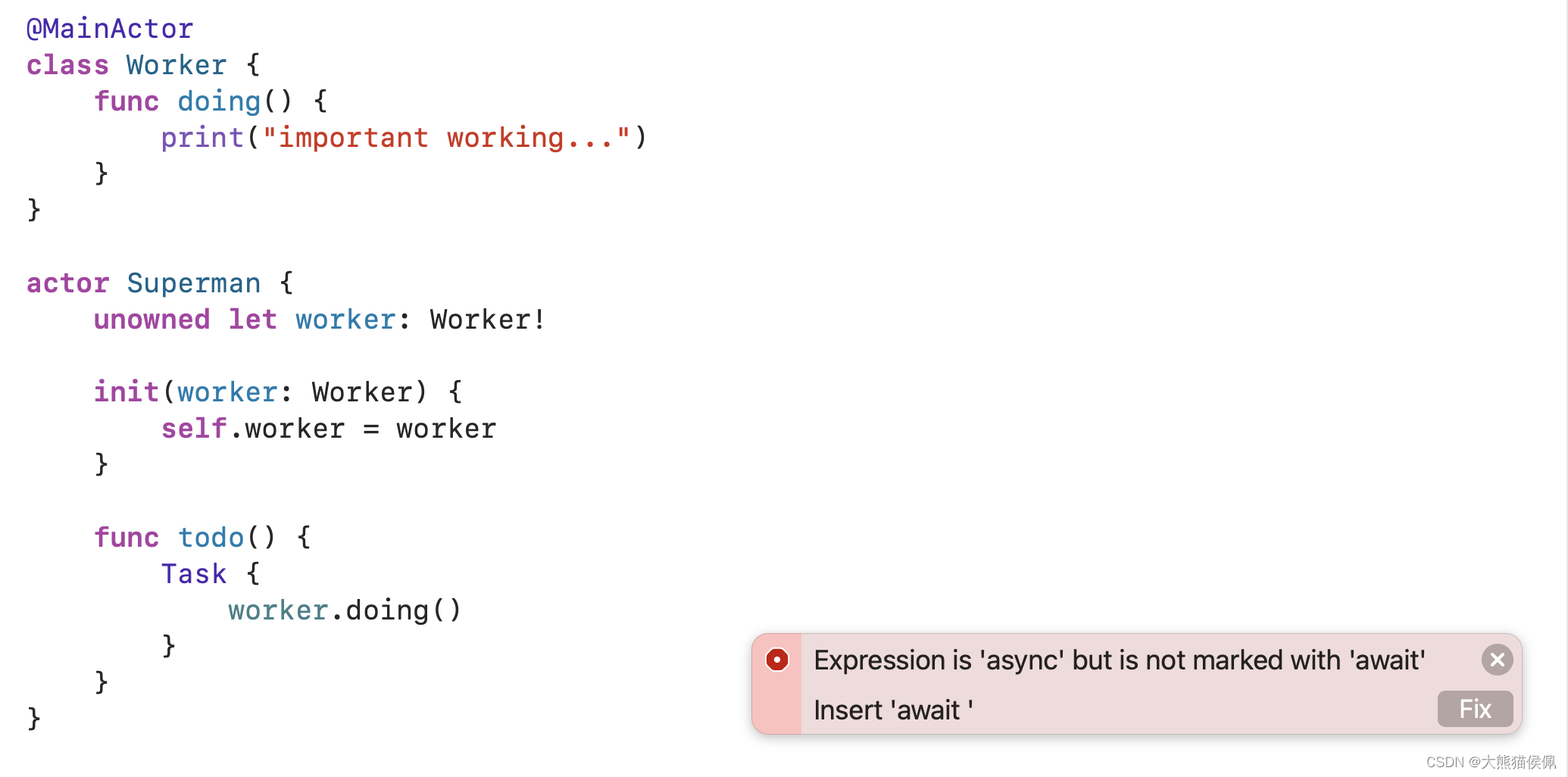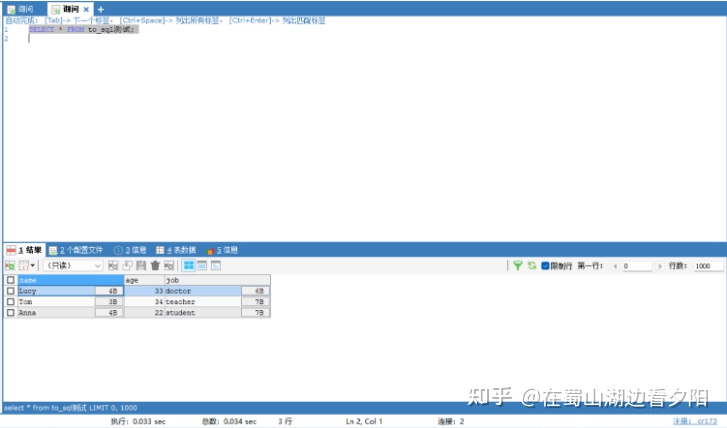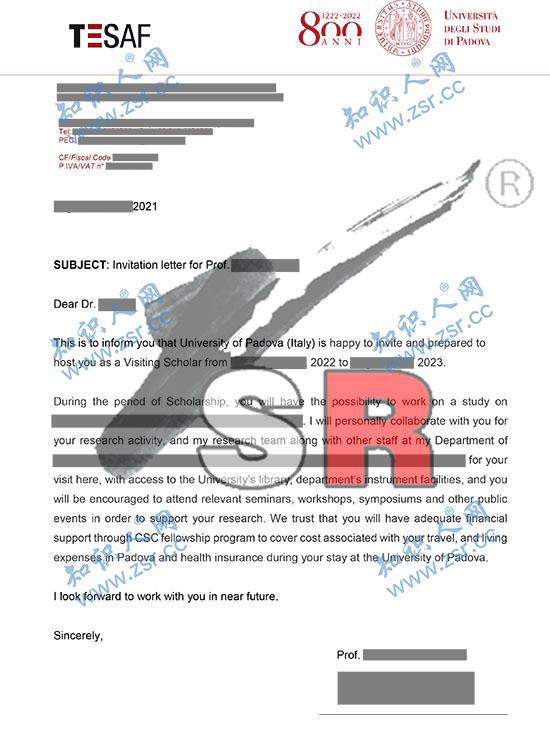Swagger2 的 maven 依赖
使用 Swagger2 工具,必须要导入 maven 依赖,当前官方最高版本是 2.8.0,我尝试了一下,个人感觉页面展示的效果不太好,而且不够紧凑,不利于操作。另外,最新版本并不一定是最稳定版本,当前我们实际项目中使用的是 2.2.2 版本,该版本稳定,界面友好,所以本节课主要围绕着 2.2.2 版本来展开,依赖如下:
<dependency>
<groupId>io.springfox</groupId>
<artifactId>springfox-swagger2</artifactId>
<version>2.2.2</version>
</dependency>
<dependency>
<groupId>io.springfox</groupId>
<artifactId>springfox-swagger-ui</artifactId>
<version>2.2.2</version>
</dependency>Swagger2 的配置
使用 Swagger2 需要进行配置,Spring Boot 中对 Swagger2 的配置非常方便,新建一个配置类,Swagger2 的配置类上除了添加必要的 @Configuration 注解外,还需要添加 @EnableSwagger2 注解。
import org.springframework.context.annotation.Bean;
import org.springframework.context.annotation.Configuration;
import springfox.documentation.builders.ApiInfoBuilder;
import springfox.documentation.builders.PathSelectors;
import springfox.documentation.builders.RequestHandlerSelectors;
import springfox.documentation.service.ApiInfo;
import springfox.documentation.spi.DocumentationType;
import springfox.documentation.spring.web.plugins.Docket;
import springfox.documentation.swagger2.annotations.EnableSwagger2;
/**
* @author shengwu ni
*/
@Configuration
@EnableSwagger2
public class SwaggerConfig {
@Bean
public Docket createRestApi() {
return new Docket(DocumentationType.SWAGGER_2)
// 指定构建api文档的详细信息的方法:apiInfo()
.apiInfo(apiInfo())
.select()
// 指定要生成api接口的包路径,这里把controller作为包路径,生成controller中的所有接口
.apis(RequestHandlerSelectors.basePackage("com.itcodai.course06.controller"))
.paths(PathSelectors.any())
.build();
}
/**
* 构建api文档的详细信息
* @return
*/
private ApiInfo apiInfo() {
return new ApiInfoBuilder()
// 设置页面标题
.title("Spring Boot集成Swagger2接口总览")
// 设置接口描述
.description("跟武哥一起学Spring Boot第06课")
// 设置联系方式
.contact("倪升武," + "CSDN:http://blog.csdn.net/eson_15")
// 设置版本
.version("1.0")
// 构建
.build();
}
}在该配置类中,已经使用注释详细解释了每个方法的作用了,在此不再赘述。到此为止,我们已经配置好了 Swagger2 了。现在我们可以测试一下配置有没有生效,启动项目,在浏览器中输入 localhost:8080/swagger-ui.html,即可看到 swagger2 的接口页面,如下图所示,说明Swagger2 集成成功。

Swagger2 的使用
上面我们已经配置好了 Swagger2,并且也启动测试了一下,功能正常,下面我们开始使用 Swagger2,主要来介绍 Swagger2 中的几个常用的注解,分别在实体类上、 Controller 类上以及 Controller 中的方法上,最后我们看一下 Swagger2 是如何在页面上呈现在线接口文档的,并且结合 Controller 中的方法在接口中测试一下数据。
1、实体类注解
本节我们建一个 User 实体类,主要介绍一下 Swagger2 中的 @ApiModel 和 @ApiModelProperty 注解,同时为后面的测试做准备。
import io.swagger.annotations.ApiModel;
import io.swagger.annotations.ApiModelProperty;
@ApiModel(value = "用户实体类")
public class User {
@ApiModelProperty(value = "用户唯一标识")
private Long id;
@ApiModelProperty(value = "用户姓名")
private String username;
@ApiModelProperty(value = "用户密码")
private String password;
// 省略set和get方法
}解释下 @ApiModel 和 @ApiModelProperty 注解:
@ApiModel 注解用于实体类,表示对类进行说明,用于参数用实体类接收。
@ApiModelProperty 注解用于类中属性,表示对 model 属性的说明或者数据操作更改。
2、Controller 类中相关注解
我们写一个 TestController,再写几个接口,然后学习一下 Controller 中和 Swagger2 相关的注解。
import com.itcodai.course06.entiy.JsonResult;
import com.itcodai.course06.entiy.User;
import io.swagger.annotations.Api;
import io.swagger.annotations.ApiOperation;
import io.swagger.annotations.ApiParam;
import org.springframework.web.bind.annotation.GetMapping;
import org.springframework.web.bind.annotation.PathVariable;
import org.springframework.web.bind.annotation.RequestMapping;
import org.springframework.web.bind.annotation.RestController;
@RestController
@RequestMapping("/swagger")
@Api(value = "Swagger2 在线接口文档")
public class TestController {
@GetMapping("/get/{id}")
@ApiOperation(value = "根据用户唯一标识获取用户信息")
public JsonResult<User> getUserInfo(@PathVariable @ApiParam(value = "用户唯一标识") Long id) {
// 模拟数据库中根据id获取User信息
User user = new User(id, "倪升武", "123456");
return new JsonResult(user);
}
}我们来学习一下 @Api 、 @ApiOperation 和 @ApiParam 注解:
@Api 注解用于类上,表示标识这个类是 swagger 的资源。
@ApiOperation 注解用于方法,表示一个 http 请求的操作。
@ApiParam 注解用于参数上,用来标明参数信息。
这里返回的是 JsonResult,是第02课中学习返回 json 数据时封装的实体。以上是 Swagger 中最常用的 5 个注解,接下来运行一下项目工程,在浏览器中输入 localhost:8080/swagger-ui.html 看一下 Swagger 页面的接口状态。

可以看出,Swagger 页面对该接口的信息展示的非常全面,每个注解的作用以及展示的地方在上图中已经标明,通过页面即可知道该接口的所有信息,那么我们直接在线测试一下该接口返回的信息,输入id为1,看一下返回数据:
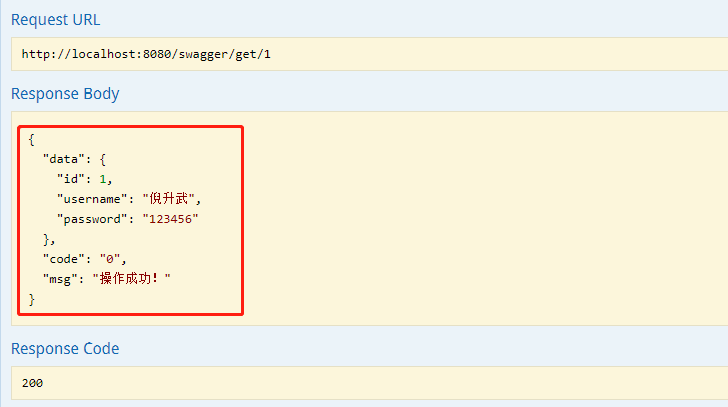
可以看出,直接在页面返回了 json 格式的数据,开发人员可以直接使用该在线接口来测试数据的正确与否,非常方便。上面是对于单个参数的输入,如果输入参数为某个对象这种情况,Swagger 是什么样子呢?我们再写一个接口。
@PostMapping("/insert")
@ApiOperation(value = "添加用户信息")
public JsonResult<Void> insertUser(@RequestBody @ApiParam(value = "用户信息") User user) {
// 处理添加逻辑
return new JsonResult<>();
}重启项目,在浏览器中输入 localhost:8080/swagger-ui.html 看一下效果:
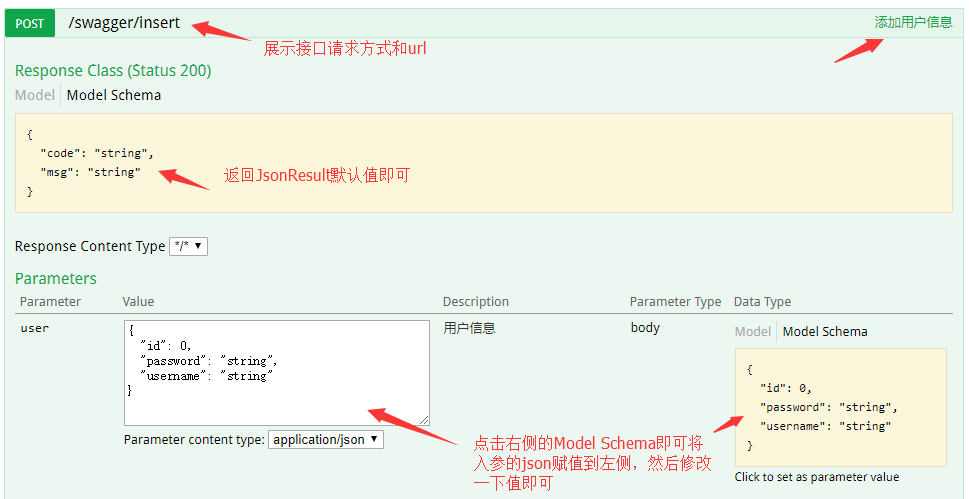
5. 总结
OK,本节课详细分析了 Swagger 的优点,以及 Spring Boot 如何集成 Swagger2,包括配置,相关注解的讲解,涉及到了实体类和接口类,以及如何使用。最后通过页面测试,体验了 Swagger 的强大之处,基本上是每个项目组中必备的工具之一,所以要掌握该工具的使用,也不难。


